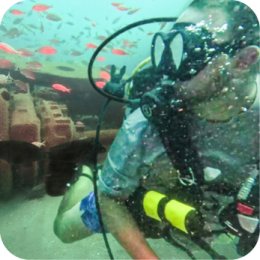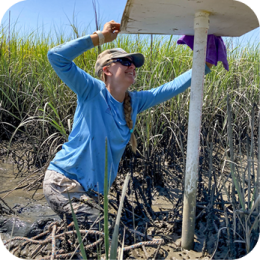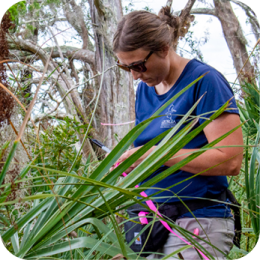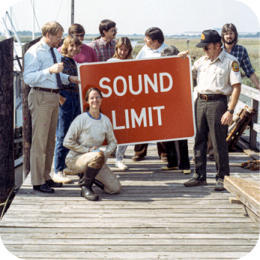The purpose of the Green Growth Guidelines is to demonstrate how low impact development (LID) strategies can result in significant positive impacts on the environment while providing superior outcomes both socially and economically. The Green Growth Guidelines outline the environmental, social, and economic benefits from use of LID strategies when compared to today’s conventional development approach.
In 2006, the first edition of the Green Growth Guidelines was developed as a part of Georgia’s Non-point Source Management Program. Over time, the guideline has become a “living document”, and therefore has been updated and expanded to include additional strategies that aim to prevent, reduce, or alleviate non-point source pollution in the coastal region of the State. In 2014, the second edition of the Green Growth Guidelines was completed. Please see the chapter links below for both editions.
Green Growth Guidelines - 2nd Edition (2014)
Chapter 1: Green Infrastructure
Chapter 2-Part I: Site Planning and Design
Chapter 2-Part II: Tupelo Tract and Case Studies
Chapter 3-Part I: Stormwater Management
Chapter 3-Part II: Stormwater Management Practices
Chapter 4: Streambank and Shoreline Stabilization
Chapter 5: Recreational Facilities
Green Growth Guidelines - 1st Edition (2011)
Chapter 1: Site Fingerprinting Utilizing GIS & GPS (including Exhibits)
Chapter 2: Designing with Landform







